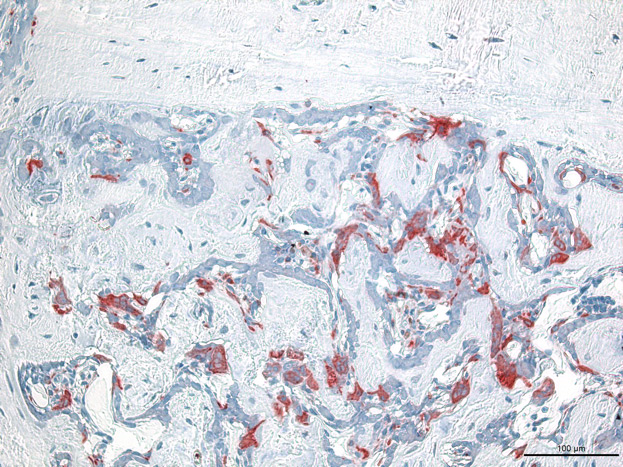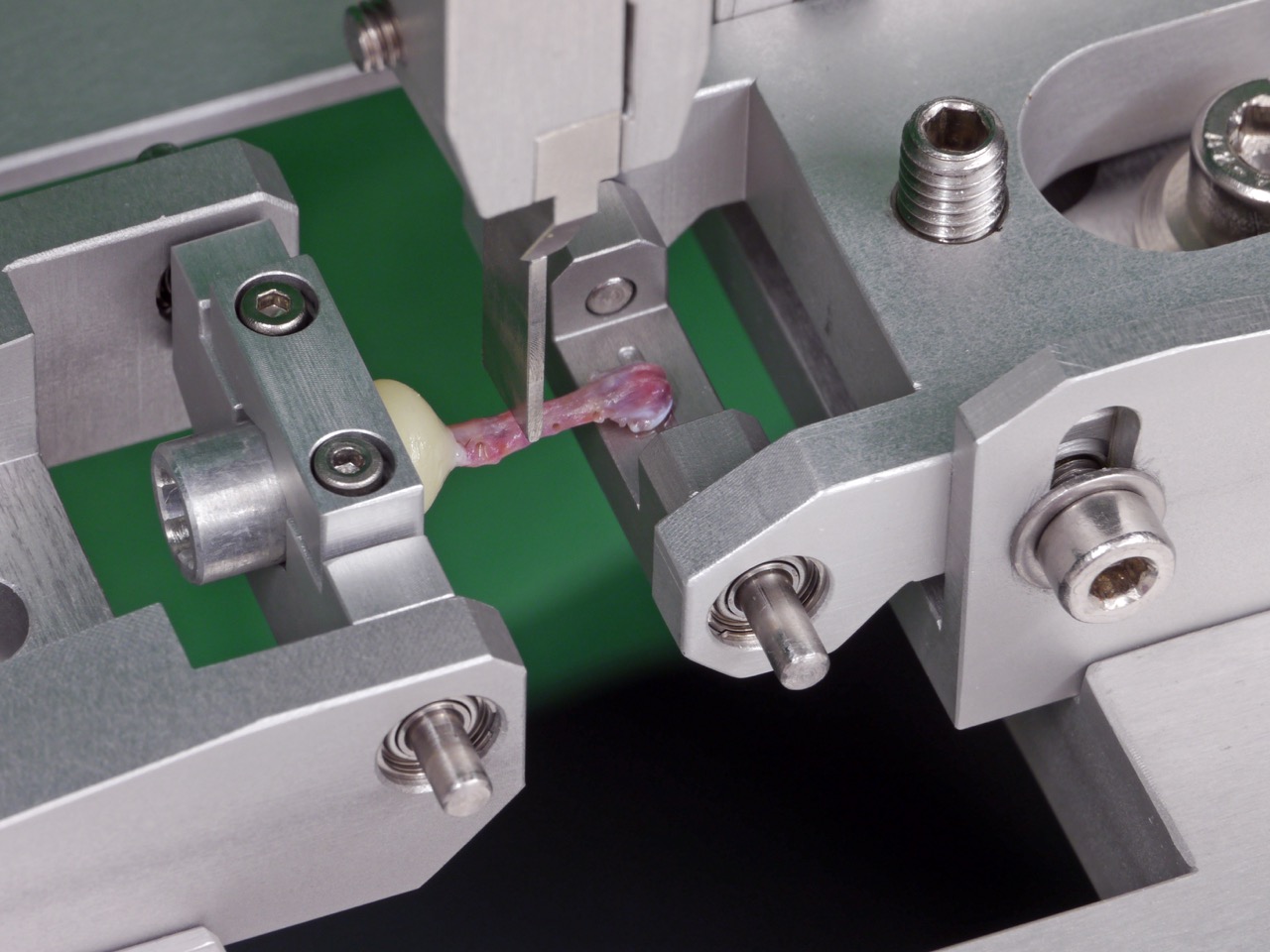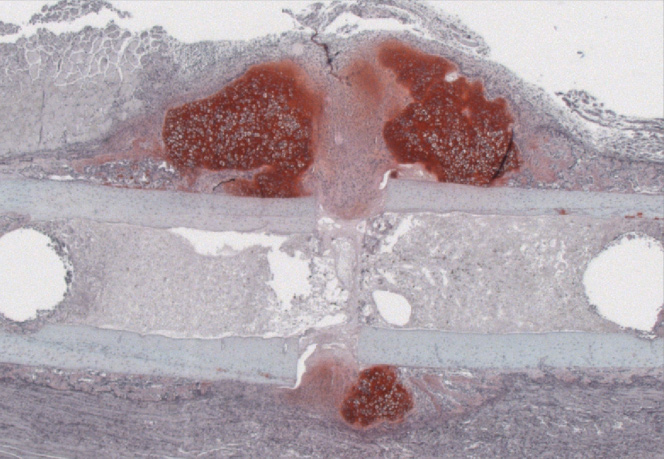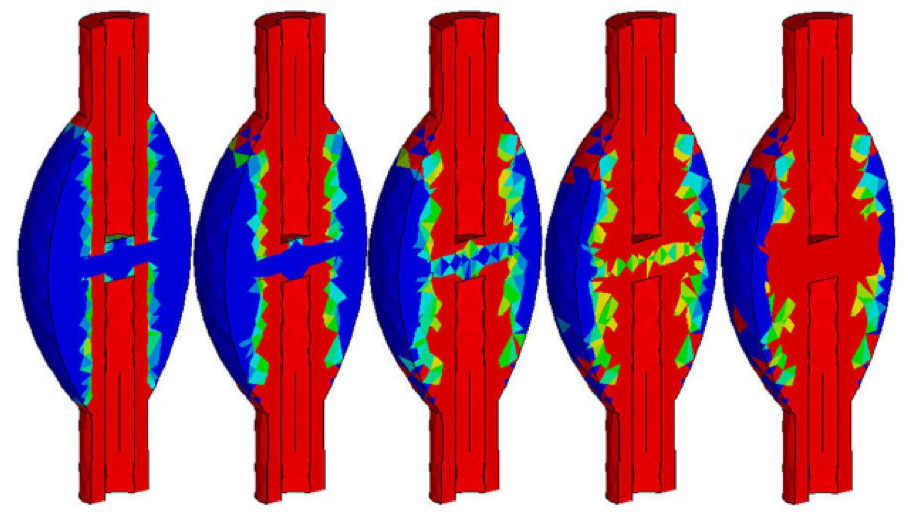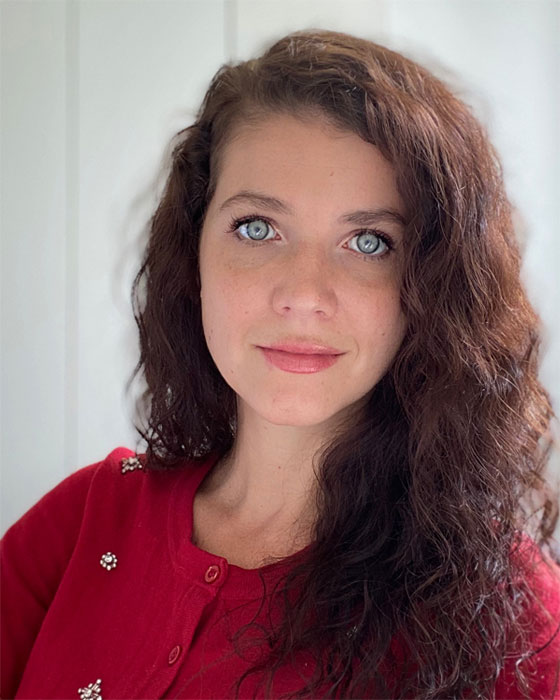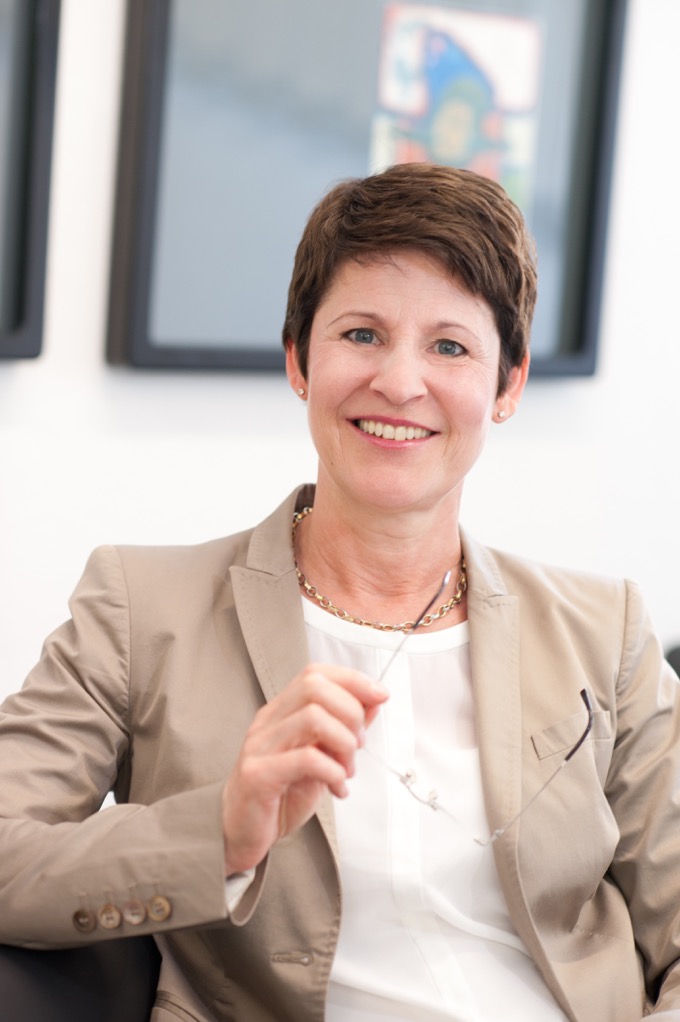
Bone regeneration
Bone fractures belong to the most common disorders of the musculoskeletal system. In Germany, approximately 800,000 patients per year are clinically treated because of bone injuries. Although fracture treatment has significantly improved in recent decades, a significant proportion of all fractures still display delayed healing and complications, including non-union. This is often due to unfavorable biomechanical conditions or comorbidities. Furthermore, the treatment of large bone defects, caused by injury, infections or tumour resection, remains a major clinical challenge.
Therefore, the overall aim of our research is to better understand the cellular and molecular mechanisms of regular fracture healing as well as the pathomechanisms of disturbed healing and regeneration, which is known to be clinically associated with concomitant disorders (e.g. osteoporosis and inflammatory diseases, mental diseases), severe trauma, and old age. Improved knowledge of the basic healing process is necessary to develop improved therapeutic strategies.
We particularly focus on the role of the immune system in bone regeneration and fracture healing, including the influence of inflammatory mediators, stress hormones and innate immune cells. Furthermore, to improve bone regeneration, we study the efficacy of the therapeutic application of mesenchymal stem cells and microbiome-altering strategies. We also investigate the regulation of bone healing by mechanical stimuli to optimise osteosynthetic devices for fracture stabilisation or for the development of therapeutic strategies using external application of mechanical stimuli. Another focus of our research is to investigate inter-organ crosstalk, like the brain-bone or the gut-bone axis.
To answer our research questions, we develop in vitro, in vivo and in silico models. In order to thoroughly analyse bone regeneration, we integrate various state-of-the-art techniques, including molecular biological analyses, histological and biomechanical analyses, micro-computed tomography (µ-CT), high-resolution magnetic resonance imaging (MRI), and in silico simulation of healing processes. We are also working on novel 3R methods.
Contact person
apl. Prof. Dr. Melanie Haffner-Luntzer
Group head of bone
regeneration
Molecular Medicine Scientist
Tel: +49 731 500-55329
Fax: +49 731 500-55302
E-mail
Publications (Orcid)
Publications (Web of Science)
Univ. Prof. Dr. Anita Ignatius
Institute Director
Group head of bone biology and fracture healing
Veterinary
Tel.: +49 731 500-55301
Fax: +49 731 500-55302
E-mail
Publications

